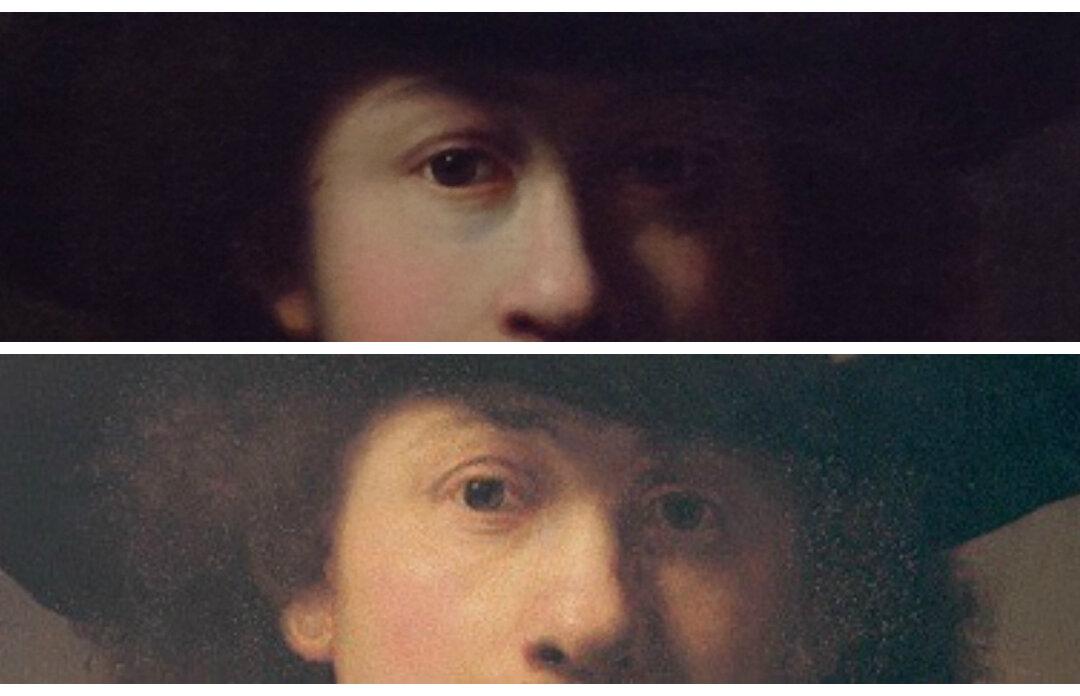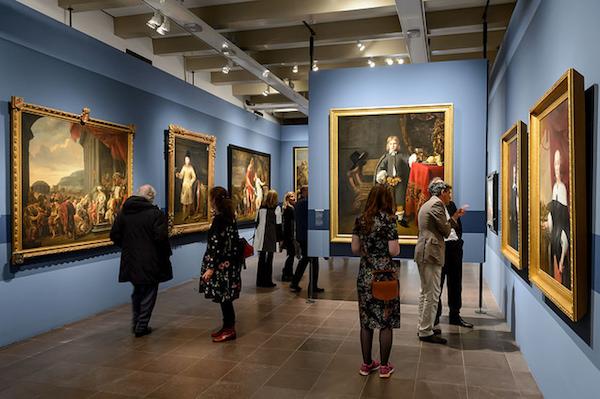STOCKHOLM—Works of art are sometimes lost in wars, floods, fires, and accidents. Conversely, some paintings are brought to light after having been lost for centuries. Every now and then, a real gem pops up. For several years, Stockholm-based conservator and art historian Anna Bronzoni Catellani has been analyzing a previously unknown 17th-century painting, and everything points to its being the work of the Dutch master Rembrandt van Rijn (1606–1669).
A few years ago, a severely discolored and cracked portrait was auctioned off in Uppsala, Sweden. The painting was similar to a 1632 Rembrandt self-portrait in the Burrell Collection in Glasgow, Scotland, and at first it was suspected that it was a 19th-century copy. It was so distorted by nicotine stains, dirt, and aged varnish that the original colors were not fully visible. Nonetheless, a Dutch expert, who was called in, verified that it was a 17th-century painting.





